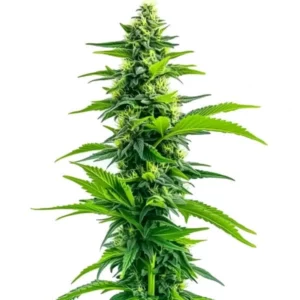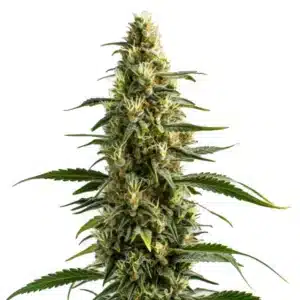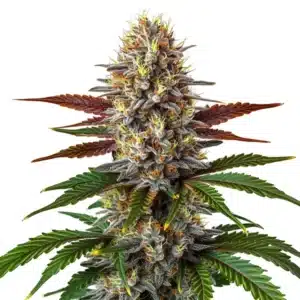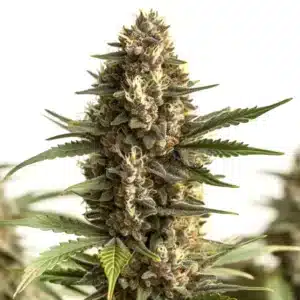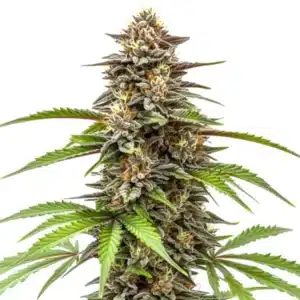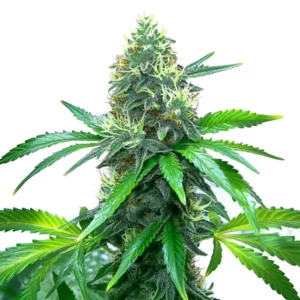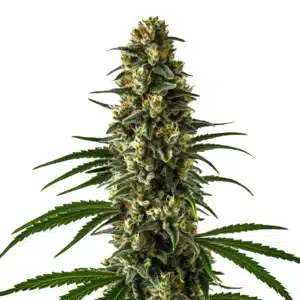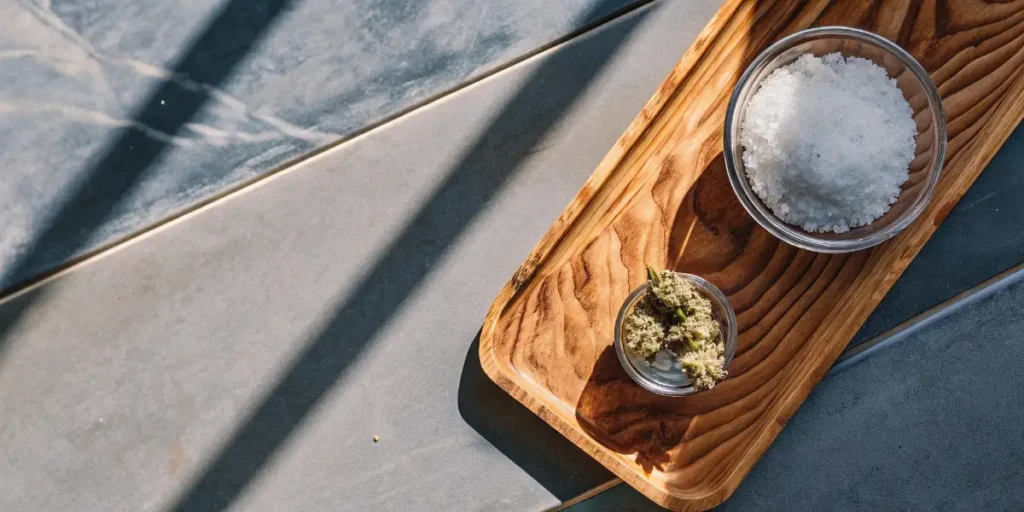
The Plant Vaccine: How to Use Salicylic Acid Without Harming Your Cannabis
Let’s talk about giving your cannabis plant a vaccine.
That’s essentially what you’re doing when you use Salicylic Acid (SA). You’re introducing a natural plant hormone that kicks your plant’s immune system into high gear, preparing it for future attacks from pests and diseases. It’s a powerful, pro-level technique to create incredibly resilient plants.
Recommended Strains
Acapulco Gold
|
|
THC | 15% - 19% (Medium) |
|
|
Type | Feminized |
|
|
Yield | Medium |
|
|
Phenotype | 30% Indica / 70% Sativa |
Acapulco Gold Autoflower
|
|
THC | 20% - 24% (Medium) |
|
|
Type | Autoflowering |
|
|
Yield | Medium |
|
|
Phenotype | 30% Indica / 70% Sativa |
But, like any powerful tool, if you use it wrong, you can do a lot more harm than good. And there is one golden rule you absolutely cannot ignore.
The Unbreakable Rule of Using Salicylic Acid
Before you even think about adding this to your water, you must understand this fundamental truth: SALICYLIC ACID IS AN ACID.
The moment you mix it into your water, the pH of that water is going to plummet. It will become highly acidic.
This is where inexperienced growers get into massive trouble. They add the SA, don’t re-check their pH, and then proceed to water their plants with this super-acidic solution. And what happens when your pH is way out of whack? Total nutrient lockout.
So here is the most important sentence in this entire article: You MUST measure and adjust your water’s pH after you have mixed in the Salicylic Acid. You mix, then you test, then you use a pH-up product to bring your water back to your target of 6.0 for soil. If you skip this step, you are literally starving your plant at the exact moment you’re trying to make it stronger. If the pH isn’t right, the plant cannot absorb the nutrients it needs to build its immunity.
Promos & Deals
So, How Does It Actually Work?
When you get the pH right, Salicylic Acid works like a system-wide alarm bell for your plant. It triggers something called “Systemic Acquired Resistance” (SAR). This tells the plant to start producing defensive proteins and to fortify its cell walls. It’s like putting your plant’s entire army on high alert. A plant treated with SA will respond much faster and more effectively to a future attack from fungus or pests.
You can apply it as a foliar spray or as a root drench. The best time to use it is during the vegetative stage. You’re building up the plant’s defenses and creating a “memory” of resistance before it enters the crucial flowering phase.
When you Cultivate with this technique, you’re not just growing; you’re training your plant to be a fighter. It’s a way to truly Nurture the innate resilience of robust strains like OG Kush or Blue Dream, ensuring your Homegrown garden can Thrive through adversity.
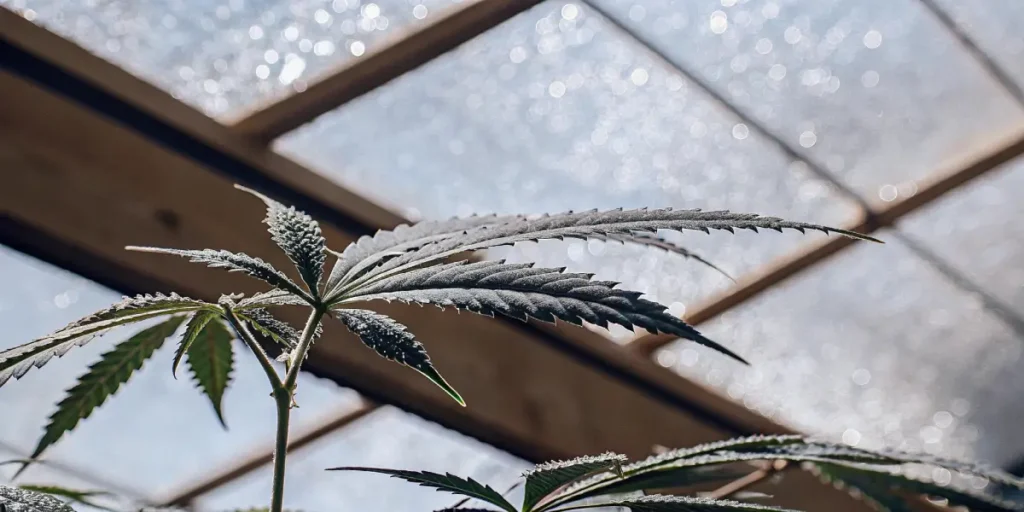
Frequently Asked Questions
What is salicylic acid for cannabis in simple terms?
Think of it as a vaccine for your plant. It’s a natural plant hormone that you introduce in small amounts to trigger and strengthen your plant’s own immune system. This makes the plant much more resilient and quicker to respond to future attacks from pests and diseases.
What is the absolute most important rule when using salicylic acid?
Measure your pH after mixing it in your water. Salicylic acid is an acid and will cause your water’s pH to drop significantly. You must use a pH-up solution to bring your water back to the target of 6.0 (for soil) before you give it to your plants. Failing to do this will cause nutrient lockout and harm your plant.
Why is a stable pH so important for plant immunity?
A plant’s immune system, just like its ability to grow, is built from the nutrients and minerals it absorbs through its roots. If the pH is wrong, the plant’s roots are “locked out” and cannot absorb these essential building blocks. A plant that can’t eat can’t build defenses, making it weak and vulnerable.
When is the best time to use salicylic acid on my plants?
The best time is during the vegetative stage. Applying it a few times during veg “trains” the plant’s immune system and builds up its resilience before it enters the more sensitive and critical flowering stage. This prepares it for any challenges that may come later.


